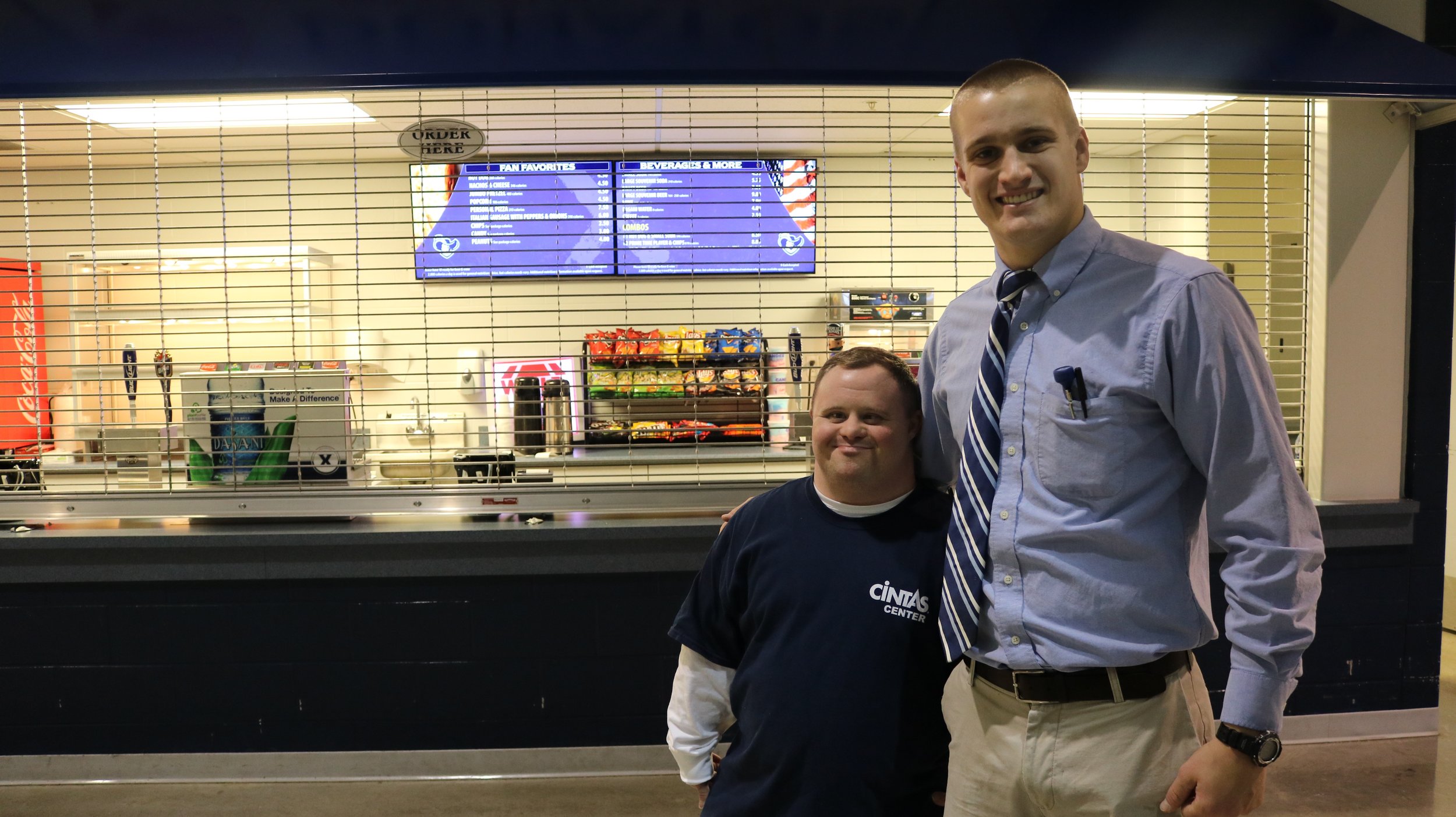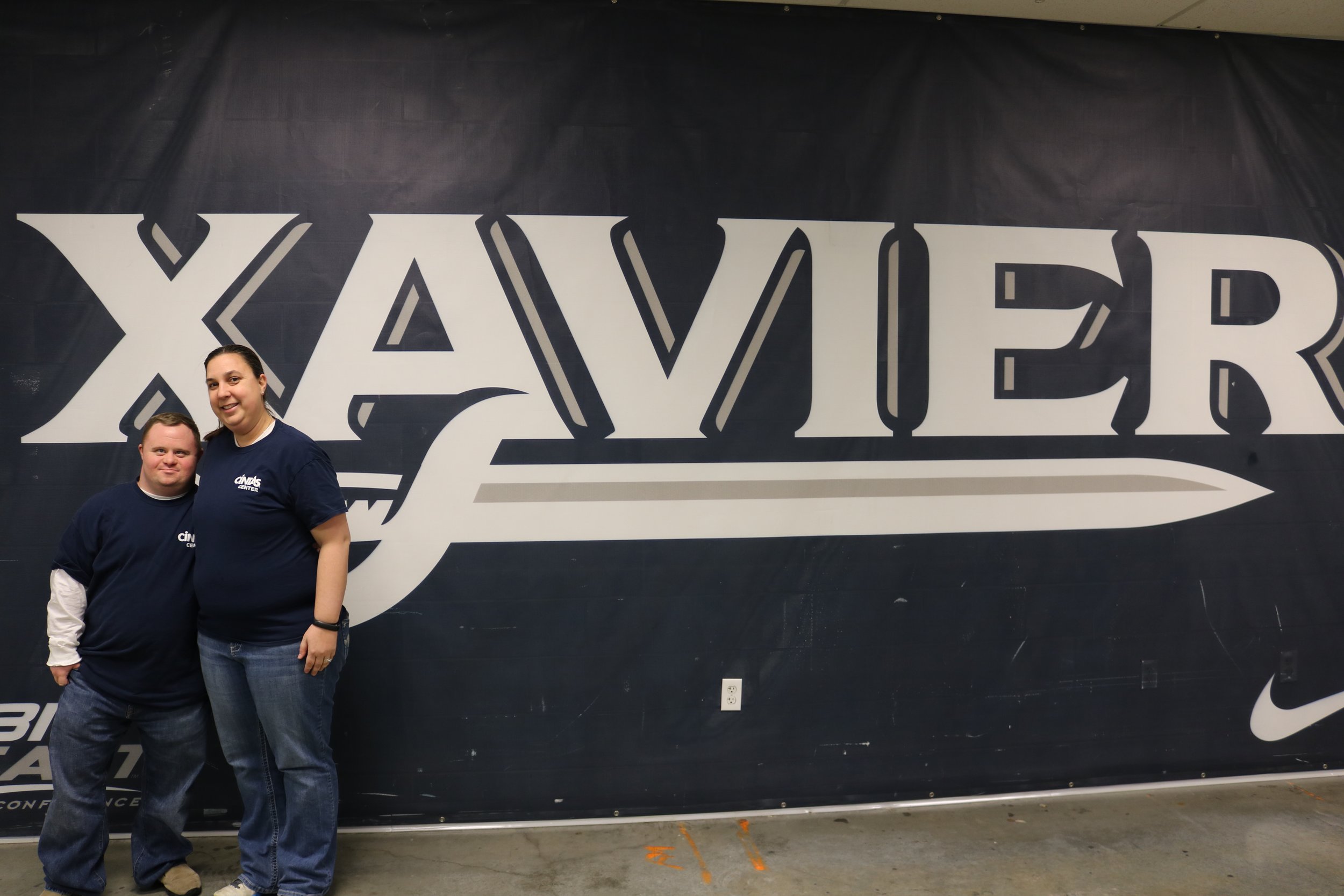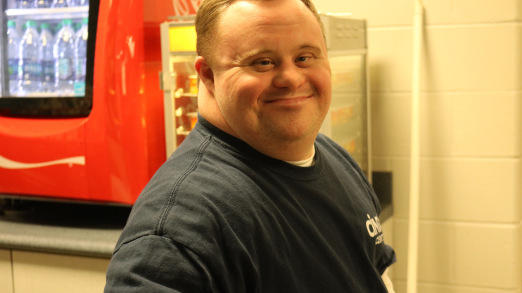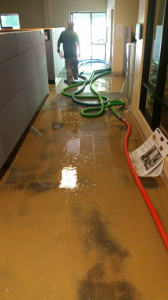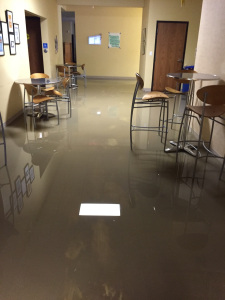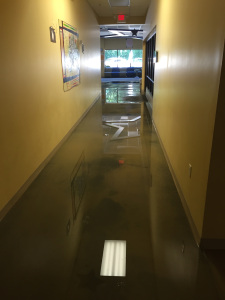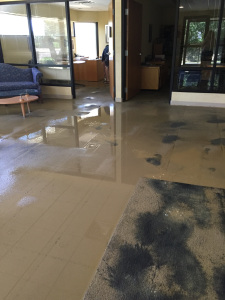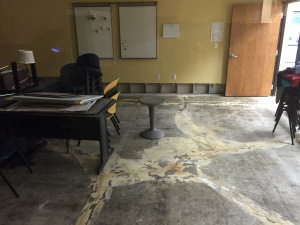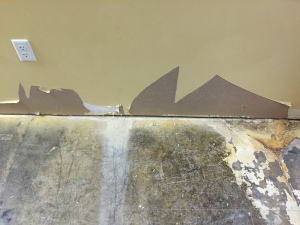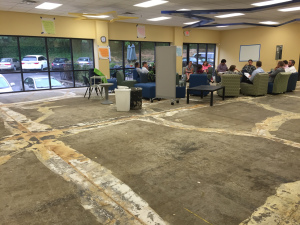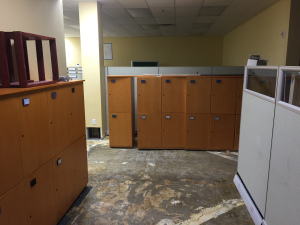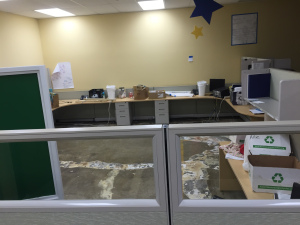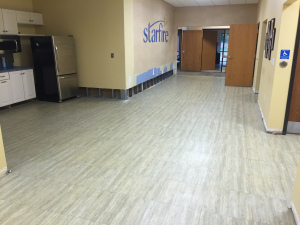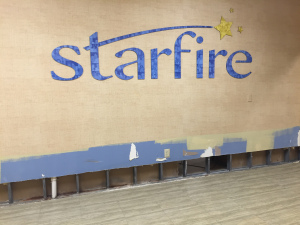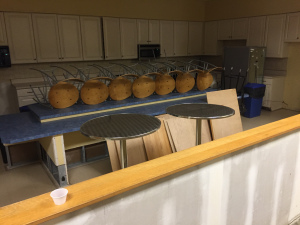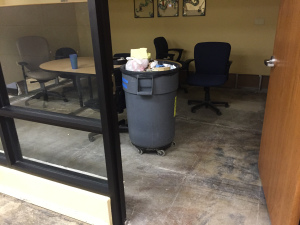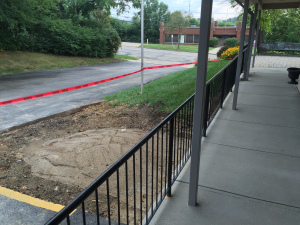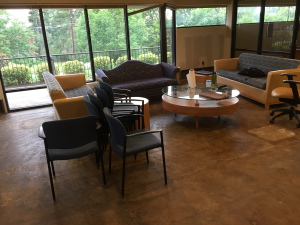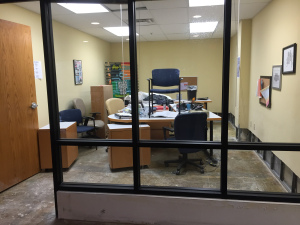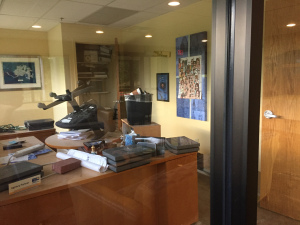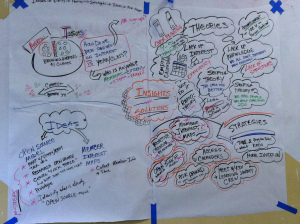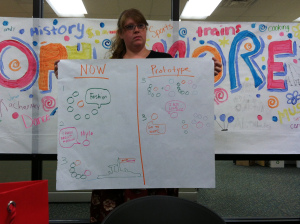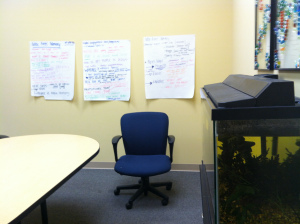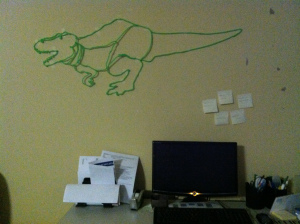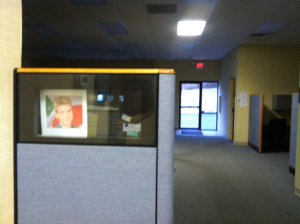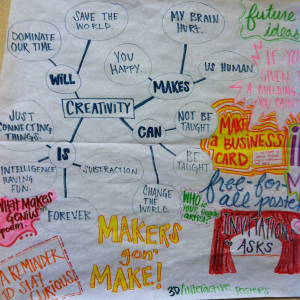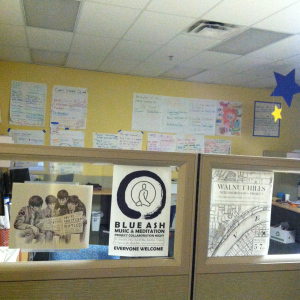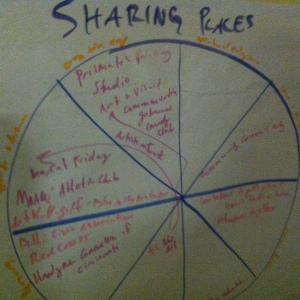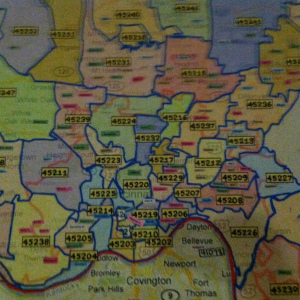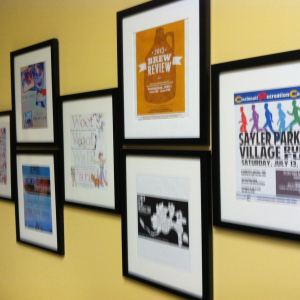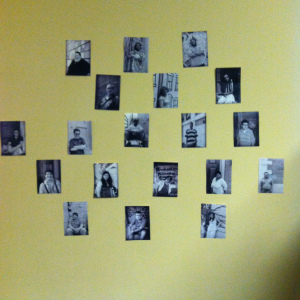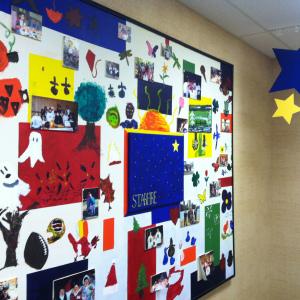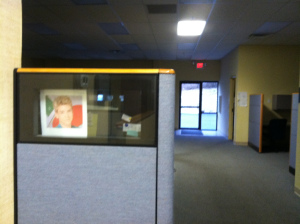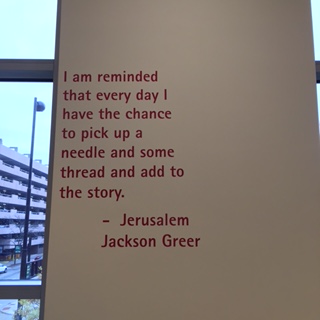 On our first day together, Andrea and I made a list of things she was interested in. I knew a lot of these things about her having drawn for her PATH a few years back: fashion, kids, shopping, doing her nails, her family, her friends, music…Usher specifically.
On our first day together, Andrea and I made a list of things she was interested in. I knew a lot of these things about her having drawn for her PATH a few years back: fashion, kids, shopping, doing her nails, her family, her friends, music…Usher specifically.
The list continued and I thought out loud how we might be able to spend 3 hours a week together, meaningfully. What projects might be interesting to think up together? What could we explore? Would she be interested in taking pictures of people in her neighborhood and maybe displaying them at the Kennedy Heights Arts Center? Would she want to plan a kid’s fun day for the local Montessori center in the green-space by her house? Did she want to volunteer somewhere every week?
What might we be able to do together that would add value to Andrea's life with the few hours a week that we had?
Andrea mentioned that she liked the sewing class she had taken with a group at Starfire at SilkRoad Textiles, a local fabric and sewing shop. She had sewn a bag and a pillowcase with three other members and Bridget before the Flood as part of the day program.
With the mention of sewing, we shifted gears and talked about different types of sewing projects. We Googled a few images of handmade purses similar to the bag she made, patterns for clothing items, embroidery and needlework, and then stumbled upon quilts. Andrea’s smile spread across her face quickly. I raised my eyebrow towards her and she nodded yes when I asked “Would you like to learn how to quilt with me?” I told Andrea I loved the idea of sewing, but wasn't very good, but was up for the challenge if she was.
I made a quick Facebook post on my timeline, “anyone know how to quilt and willing to meet up to chat about how to get started with two newbies?” I got a couple of suggestions – talk to this person’s mom, there’s shop on Madison Road that teaches it, wish I lived closer!, I’ll ask my friend… but no concrete YESes to meet up with us and point us in the right direction.
A few weeks went by and Andrea and I continued our exploration around art, sewing, creation. Following loose threads, we visited Tara Heilman’s studio in Sharonville, checked out an art exhibit at 21C Museum, and went to Xavier University’s art department. But we still had not found our in for quilting.
I posted on my neighborhood NextDoor asking the same question: “Would anyone be interested in meeting up and talking about quilting with me and a friend on a Friday morning?”
I got a deluge of responses from NextDoor. A lot of suggestions to sign up for expensive classes we couldn’t afford - a couple hundred dollars for Saturday morning sessions at one place, and a few messages from neighbors in nearby neighborhoods who were willing to chat with us but at times or days we just couldn't make.
And then, there was a response was from Mary Ann.
Mary Ann immediately said yes to talking to us about quilting and said it would be much easier if we just came to her house to chat. She explained via email she had dozens of handmade quilts and meeting in a coffee shop wouldn’t make much sense since she wasn't going to lug them around. We had to SEE what we might be getting into to really appreciate what we might be getting into.
On the following Friday morning, Andrea and I stopped by Kroger and picked up a Fall plant to bring to our host. It was September and we arrived on her doorstep plant in hand, knocked on the door, and waiting, nervously. Neither of us had met Mary Ann before.
She opened her door warmly and immediately invited us in to her adorable cottage-like townhouse. After offering us coffee, water, snacks, she showed us the way to her sewing room. Up the stairs of her home we found a small bedroom adorned in antique sewing notions, framed beach prints, and other whimsical décor hung on the walls. A sewing machine, ironing board and a cutting table featured prominently in the tiny bedroom. Two windows overlooked her garden and the pristine streets of Mariemont below.
We talked while Mary Ann showed us pattern books, a few photos on her iPhone and quilt upon quilt of her work. Andrea didn’t say much, often quiet among people she doesn’t know. I asked questions for the both of us: how long did that quilt take? Who taught you to sew? What do you think about quilting classes to get started? What kind of equipment might we need? What’s a good first project for two people who have a basic understanding of the sewing machine?
Ever a gracious host, Mary Ann answered our questions, told us stories about her learning to quilt by handsewing when she was a mother of two little ones. She laughed, recalling the hours it took to piece each fabric square together during naptimes and after her kids had gone to bed. “I use a machine now! Hardly anyone handsews a quilt anymore.” She told us about how she was teaching her granddaughters and read us a silly poem one wrote about wanting to be finished, finally finished!, with the quilt she was working on.
After our hour and a half together had passed, Andrea and I stood to thank Mary Ann for her time and sharing so much information with us. Mary Ann nodded happily and stopped us. “You know,” she said as we were about to walk downstairs towards the car, “I could teach you two how to make a quilt. I have all the materials in these scrap baskets, we could make a scrap quilt. If you want.” Andrea smiled and nodded, clapping her hands together quietly and doing a little celebratory dance.
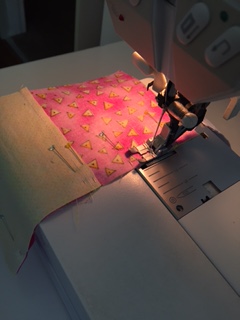
We made a plan: frequent Fridays until the quilts were complete. For several Friday mornings we’d arrive on Mary Ann’s doorstep, climb the stairs to the sewing room, and piece together our creations with her guidance. I needed help keeping my stitches exactly even. Andrea needed help cutting her pieces out, but over conversations with each other and the whir of the sewing machine it began to come together, the quilts, and a budding little friendship.
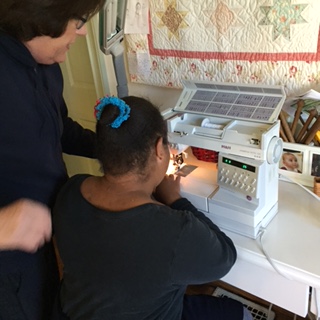
Andrea completed her quilt in January while I was on maternity leave with Jori’s help and the knowledge of a Mary Ann in her home, one piece at a time, one Friday at a time, one stitch and square at a time.
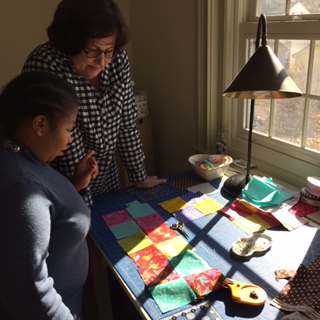
While we could have taken an expensive class at a chic sewing studio, we took a risk and said yes to Mary Ann’s offer. We followed the loose threads of finding someone who might have the gift we were looking for, and who might be willing to share it with us, someone who might be willing to pick up a thread and add to our story.
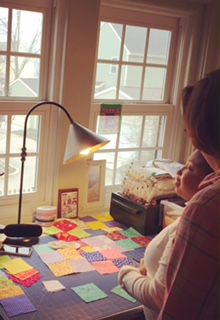
Watch Andrea, Jori, and Mary Ann in our Video Blog and see the finished quilt. Her story begins at minute 1:19.
https://youtu.be/DAs1xGFBpmY




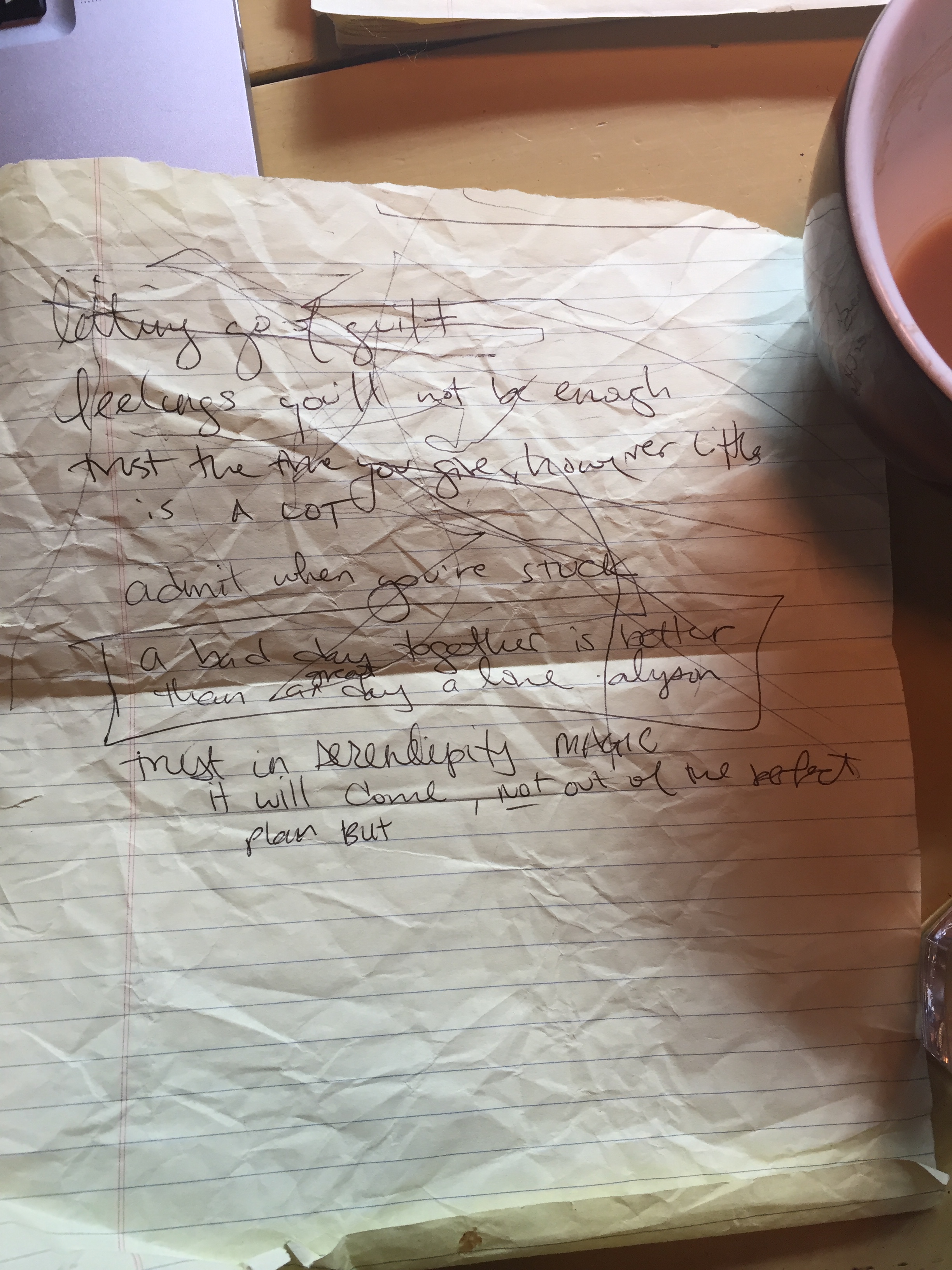
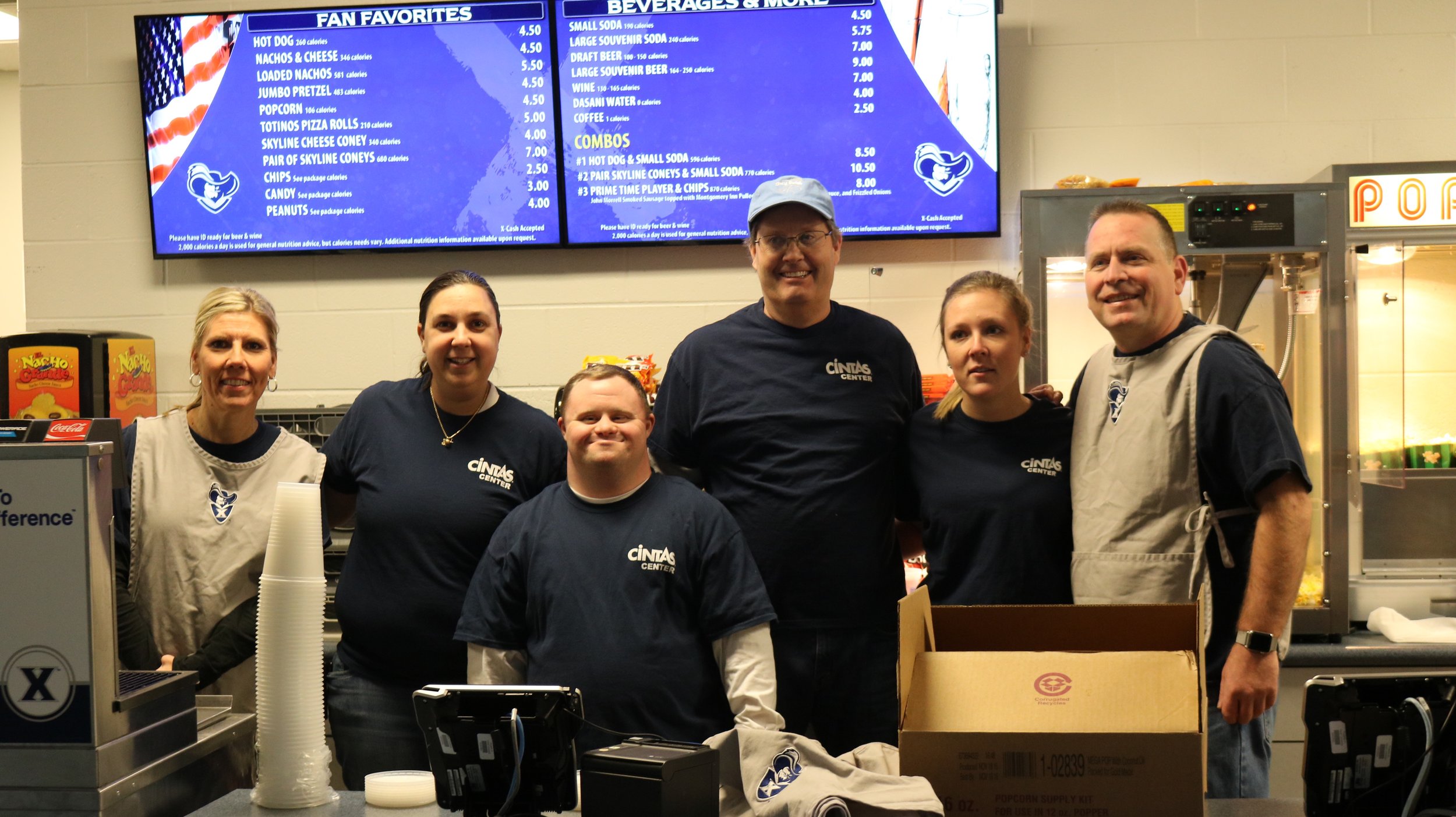 The first thing Josh does when he gets the newspaper is read the sports section. He sits down, pen and pad, and lists all the dates and times of upcoming games he’d like to watch. Being such a committed sports fan, Josh wanted to find a way to not just the watch games - but to give back. He decided to start volunteering at the Xavier University Cintas Center’s concession stands in order to help raise money for a local girls basketball team.
The first thing Josh does when he gets the newspaper is read the sports section. He sits down, pen and pad, and lists all the dates and times of upcoming games he’d like to watch. Being such a committed sports fan, Josh wanted to find a way to not just the watch games - but to give back. He decided to start volunteering at the Xavier University Cintas Center’s concession stands in order to help raise money for a local girls basketball team.